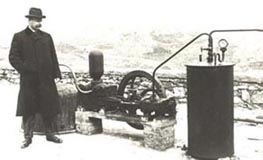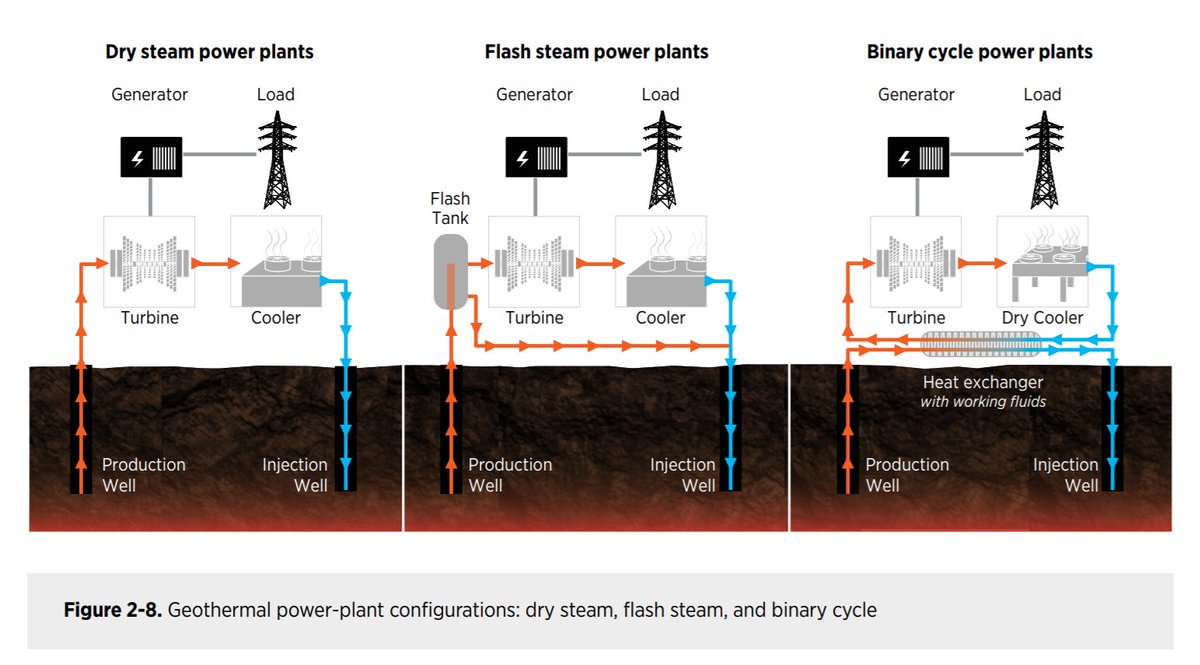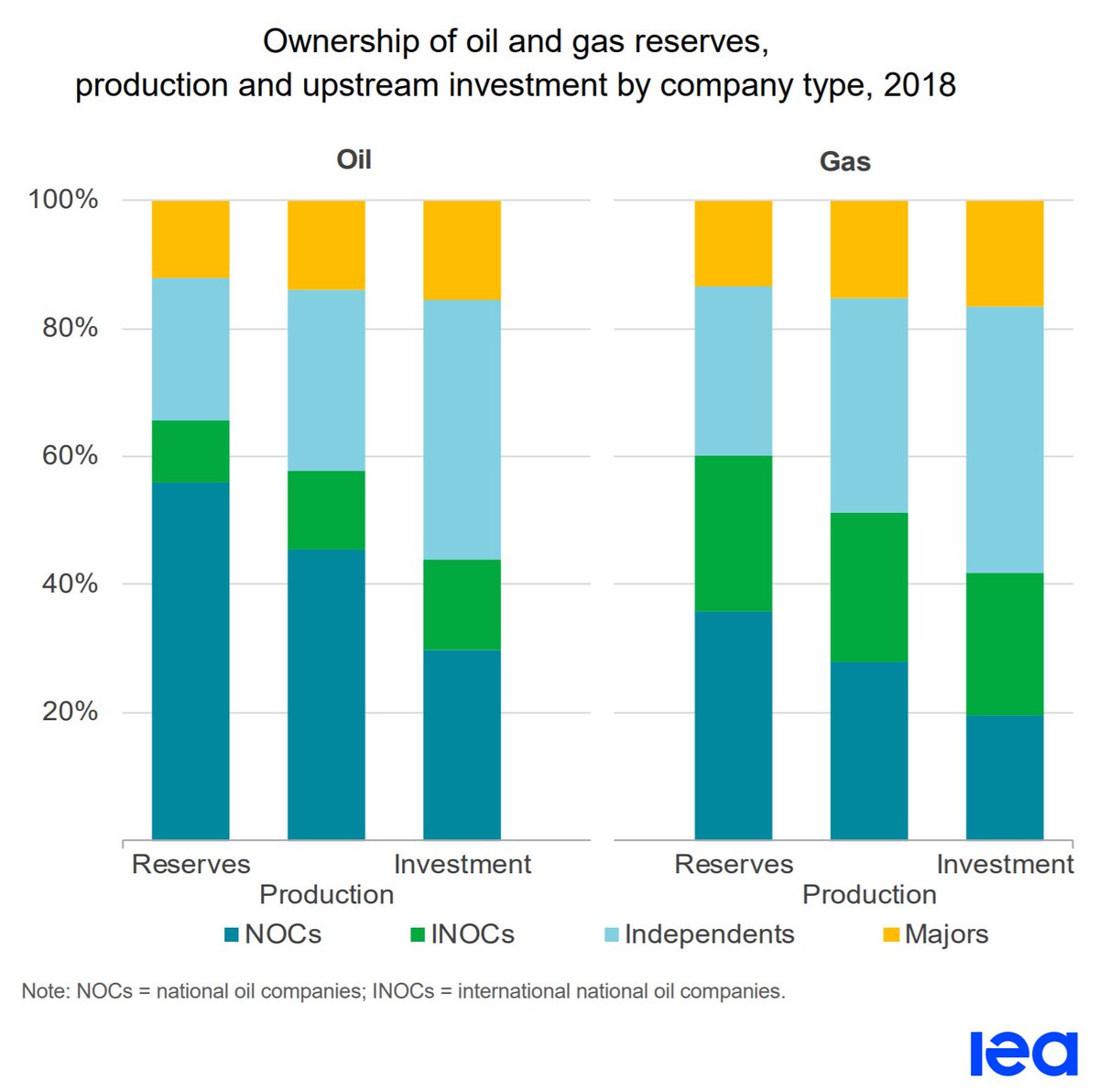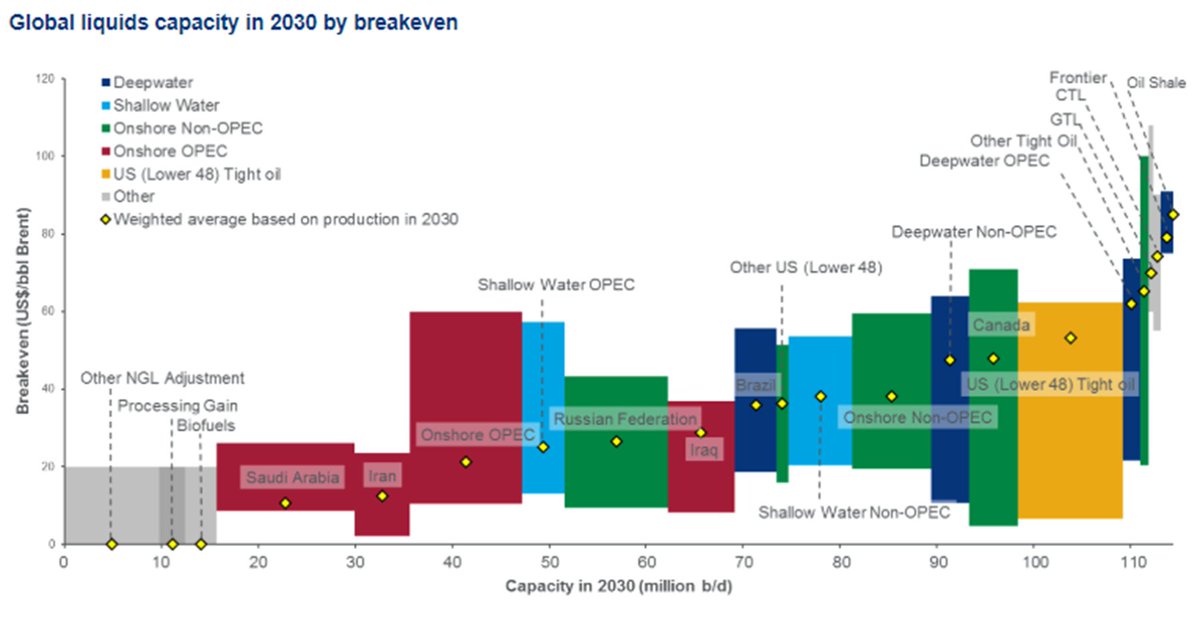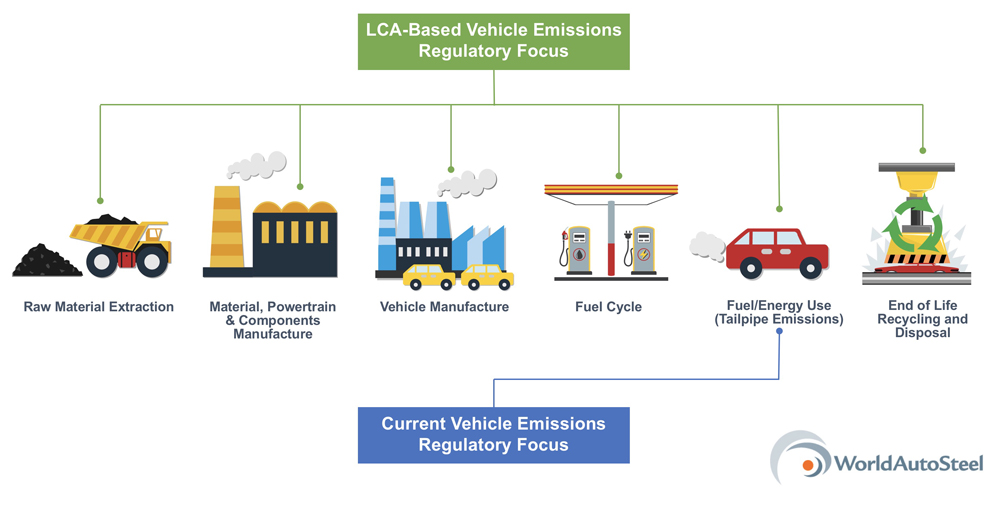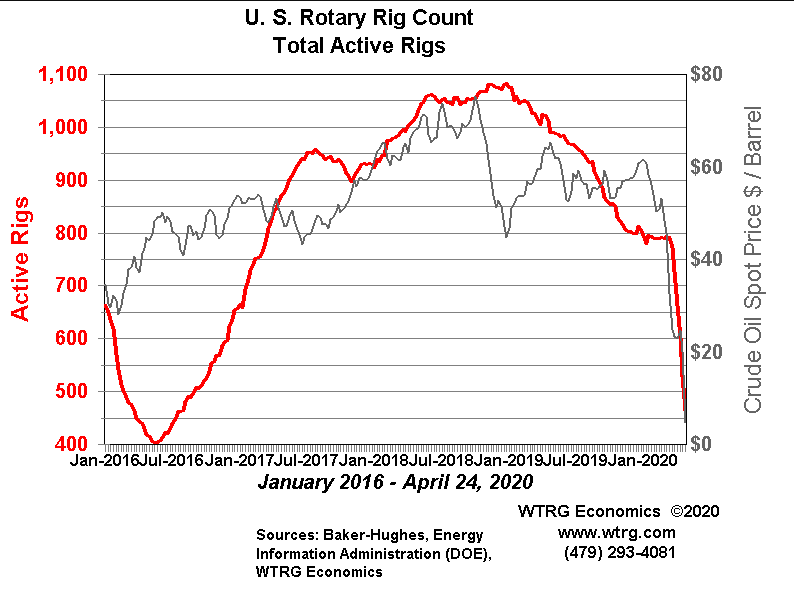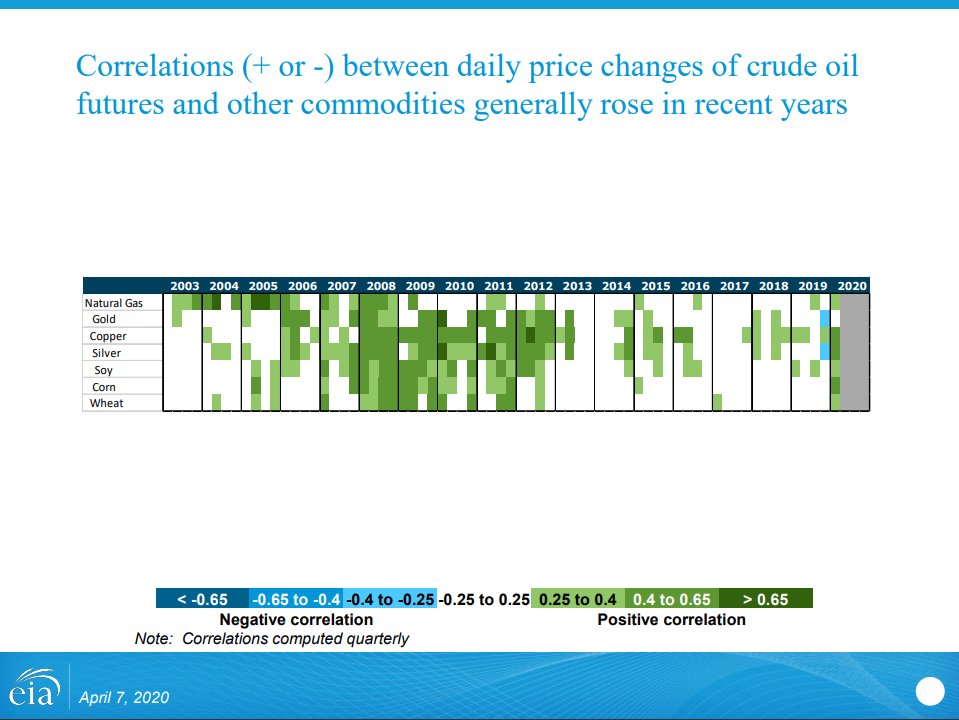
Regular reminder that pretty much everything defining the modern energy sector--wind, solar, shale O&G, li-ion batteries, EVs--has its roots in a brief period in the 70s when we actually spent $$$ on R&D. We can and should do it again. Chart from @ITIFdc. 

Wind:
"In the United States, in contrast to Denmark, the oil crisis of 1973/4 resulted in a sudden government intervention into wind energy which, paradoxically, was to prove a crucial factor in the growth of Danish firms."
hbs.edu/faculty/Public…
"In the United States, in contrast to Denmark, the oil crisis of 1973/4 resulted in a sudden government intervention into wind energy which, paradoxically, was to prove a crucial factor in the growth of Danish firms."
hbs.edu/faculty/Public…
Wind:
"Between 1973 and 1988, $380 million of federal was spent on wind turbine development. Following the pattern of AECs funding of civilian nuclear power , the government fully funded large turbines by leading firms, including Boeing, General Electric and Westinghouse."
"Between 1973 and 1988, $380 million of federal was spent on wind turbine development. Following the pattern of AECs funding of civilian nuclear power , the government fully funded large turbines by leading firms, including Boeing, General Electric and Westinghouse."
Solar:
"The U.S. Department of Energy launches the Solar Energy Research Institute“National Renewable Energy Laboratory”, a federal facility dedicated to harnessing power from the sun."
www1.eere.energy.gov/solar/pdfs/sol…
"The U.S. Department of Energy launches the Solar Energy Research Institute“National Renewable Energy Laboratory”, a federal facility dedicated to harnessing power from the sun."
www1.eere.energy.gov/solar/pdfs/sol…
Solar:
"Public enthusiasm for solar as a solution to the energy crisis was reflected in three of five major bills passed by the 93rd Congress in 1974 for solar, and, for the first time, a major government agency had a separate division for solar energy."
energy.gov/sites/prod/fil…
"Public enthusiasm for solar as a solution to the energy crisis was reflected in three of five major bills passed by the 93rd Congress in 1974 for solar, and, for the first time, a major government agency had a separate division for solar energy."
energy.gov/sites/prod/fil…
Shale O&G:
"Domestic natural gas production was declining in the 1970s. The gas industry collaborated with FERC to open the Gas Research Institute to develop new drilling and extraction methods, but more work was needed."
thebreakthrough.org/issues/energy/…
"Domestic natural gas production was declining in the 1970s. The gas industry collaborated with FERC to open the Gas Research Institute to develop new drilling and extraction methods, but more work was needed."
thebreakthrough.org/issues/energy/…
Shale O&G:
"The Eastern Gas Shales Project, an initiative of the federal government, began in 1976. The Project set up dozens of pilot projects with universities and companies testing drilling and fracturing to commercially extract gas from shale."
thebreakthrough.org/issues/energy/…
"The Eastern Gas Shales Project, an initiative of the federal government, began in 1976. The Project set up dozens of pilot projects with universities and companies testing drilling and fracturing to commercially extract gas from shale."
thebreakthrough.org/issues/energy/…
Li-Ion/EVs:
"From origination of DOE’s vehicle R&D program in the mid-1970s, DOE continues to support cross-cutting national lab and university research in electrochemical technology. DOE organized research on the underlying science of Li-ion technology."
energy.gov/sites/prod/fil…
"From origination of DOE’s vehicle R&D program in the mid-1970s, DOE continues to support cross-cutting national lab and university research in electrochemical technology. DOE organized research on the underlying science of Li-ion technology."
energy.gov/sites/prod/fil…
• • •
Missing some Tweet in this thread? You can try to
force a refresh

